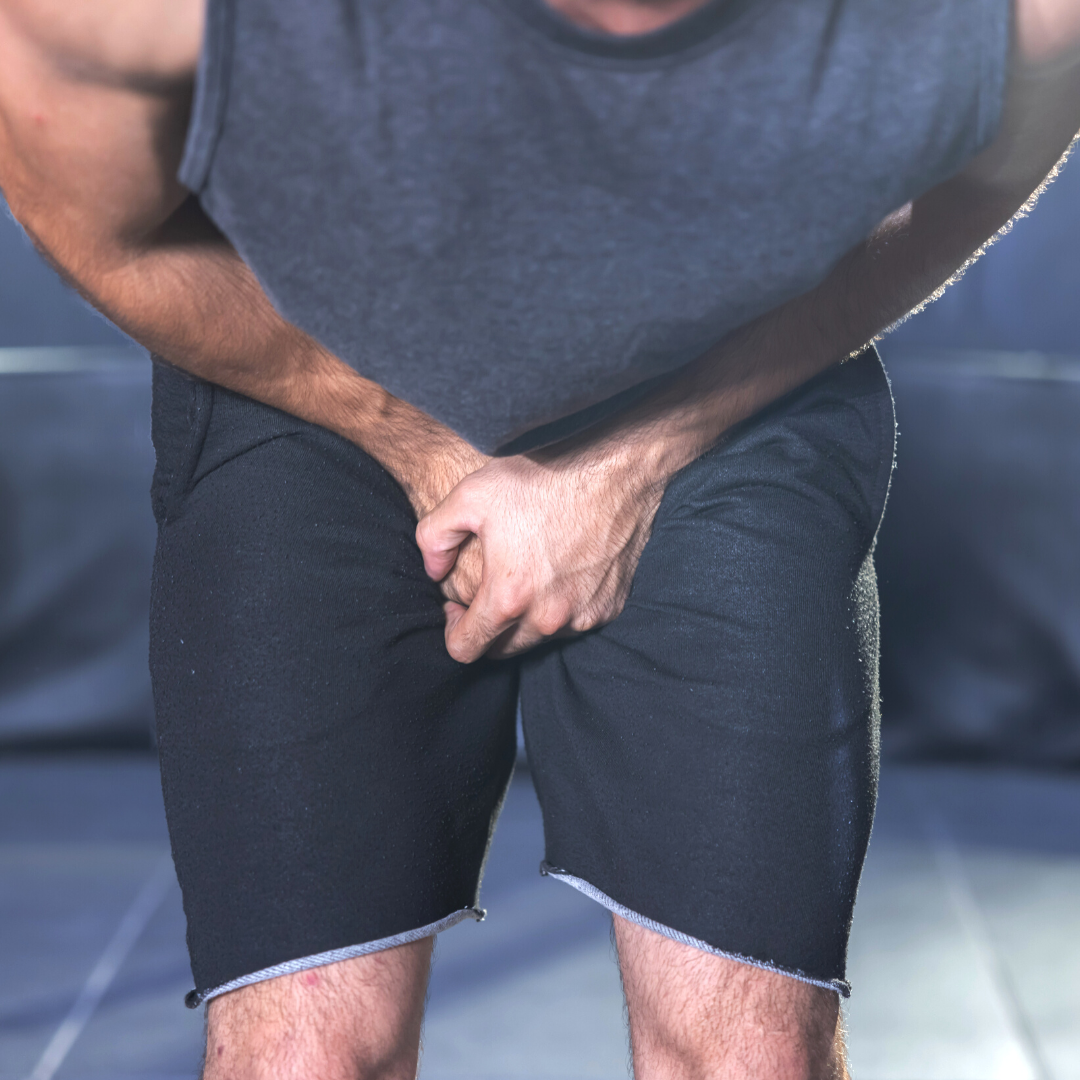It is a sad day when sports medicine bloggers end up discussing gunshot wounds, but such is the state of the NFL today. Clearly, we are referring to Plaxico Burress, wide receiver for the NY Giants, who accidentally shot himself this past Friday night. The incident has created a tremendous amount of legal trouble as well as potential disciplinary action by the league for Plax. From our perspective, we have been getting lots of questions as to the potential severity of gunshot wounds to the thigh.
Any bullet that injures a major blood vessel, of which there are several in the thigh, can be life-threatening. Additionally, nerves can be injured and bones can be fractured by gunfire. Luckily for Plaxico, according to reports, his bullet went through the skin and soft tissue of his thigh but missed all major nerves, vessels, and bone.
That doesn’t mean that he completely escaped trouble. Gun-shot wounds are considered low-velocity injuries, which is an important classification regarding wound management. As opposed to shot-gun and other high-velocity injuries that require trips to the operating room, gunshot wounds can be managed with wound debridement and wash out with antibiotic-containing fluid in the emergency room. That being said, there is still the risk of infection, which can approach 2%. When infections do develop, treatment involves antibiotics and potentially more surgery to further wash out the wound.
Bleeding and swelling are also potential sequelae of these low velocity, close-range injuries, but assuming that these or other complications don’t occur, Plaxico could be back playing football in less than a month. That, of course, also depends on how his legal issues play out.



